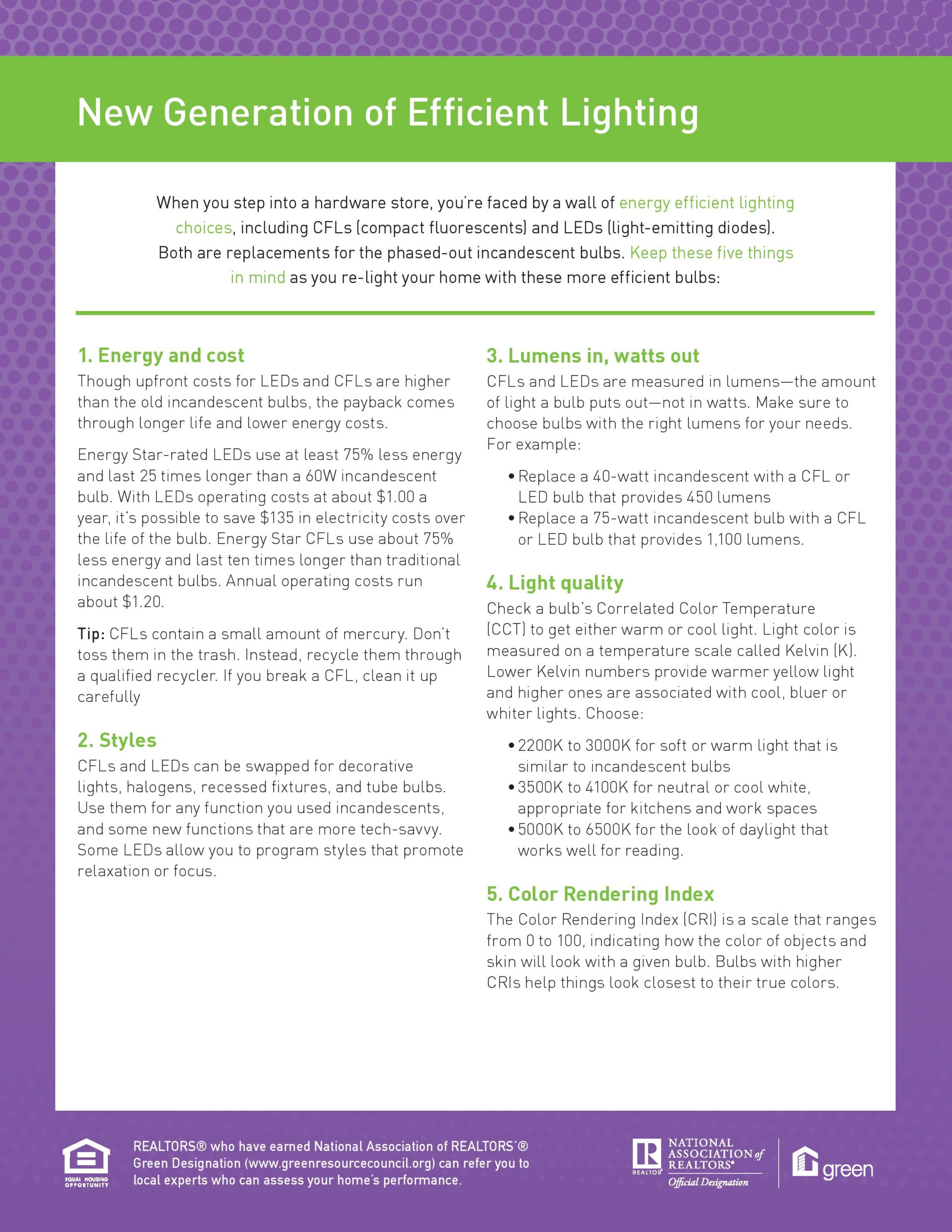
Patio Heaters Warm Up the Winter
If you’re thinking a patio heater might be the perfect addition to your outdoor space, here are a few essential things to consider.



If you’re thinking a patio heater might be the perfect addition to your outdoor space, here are a few essential things to consider.

Learn how to update and preserve a historic home while choosing finishes that make sense for the home’s history & aesthetic.

Replacing your old kitchen hardware with brand new, energy-efficient appliances is the surest way to cut long-term utility costs.

Don’t put off energy-efficient home upgrades just because of upfront costs. You can save by tapping into Federal, state, and local rebates or incentives.

These are some easy preventative steps you can take to improve the air & water quality inside your home.

Here are some of our favorite ways to maximize small spaces and make your house feel larger than it is with bigger & brighter appeal.